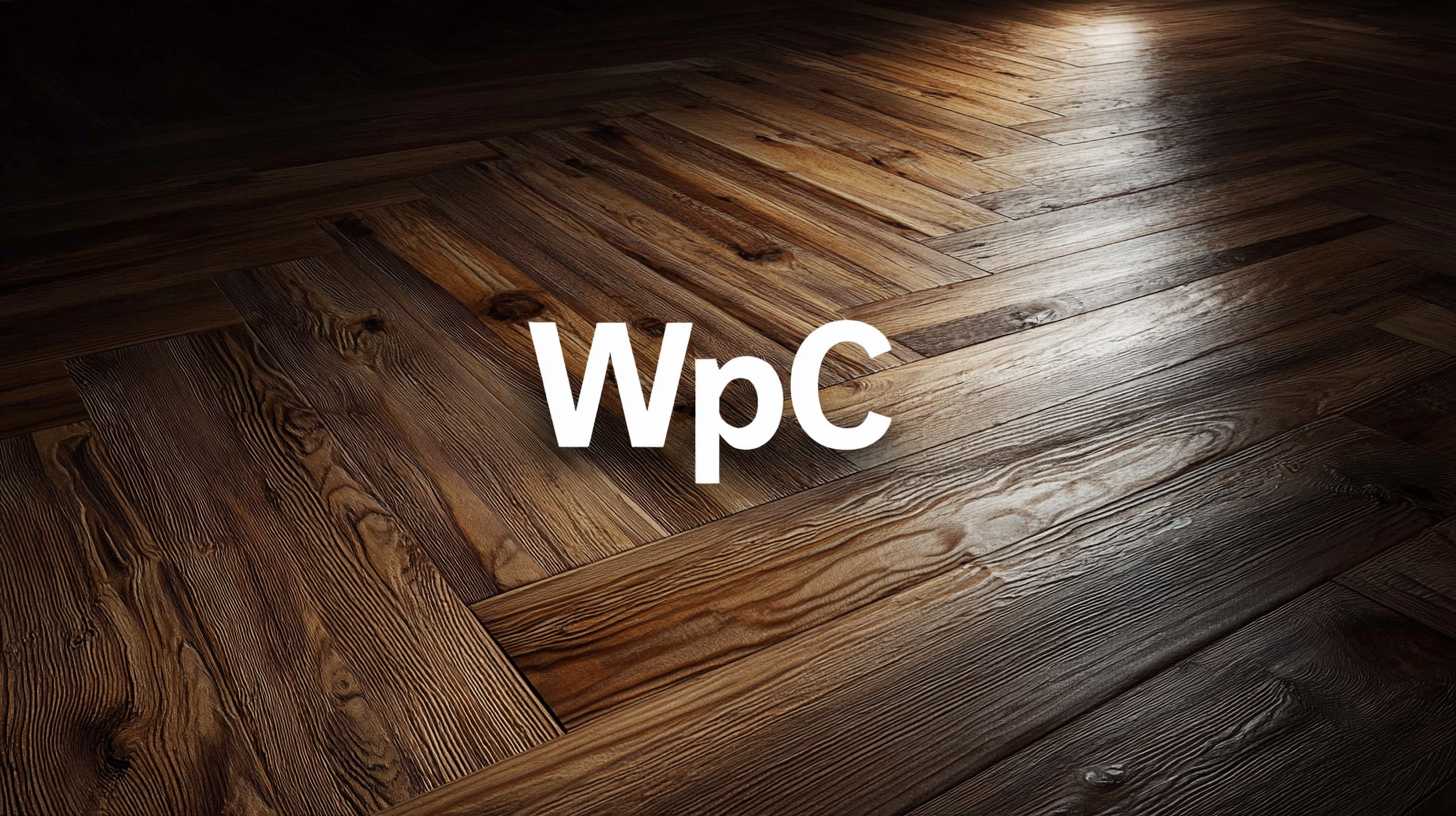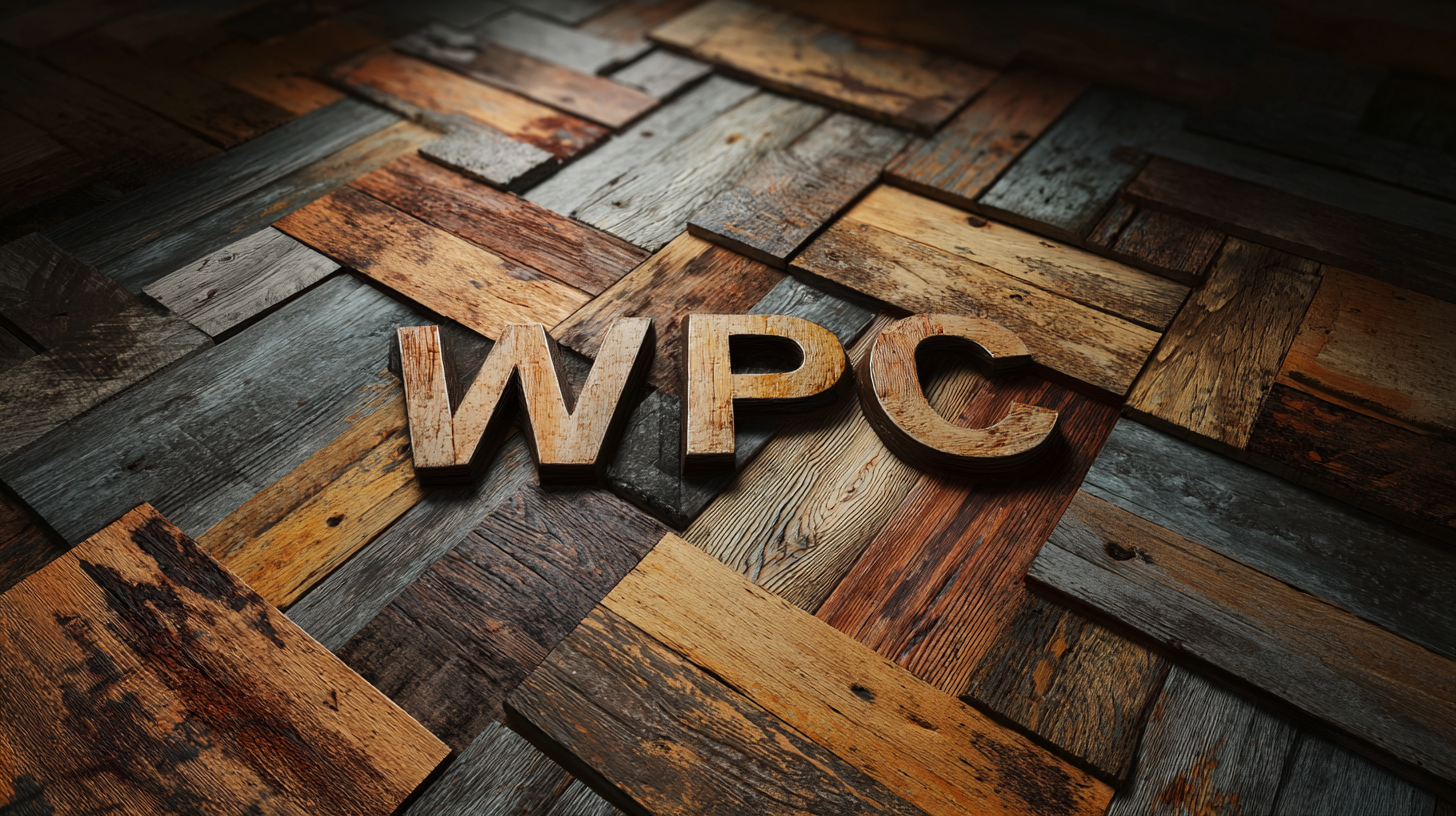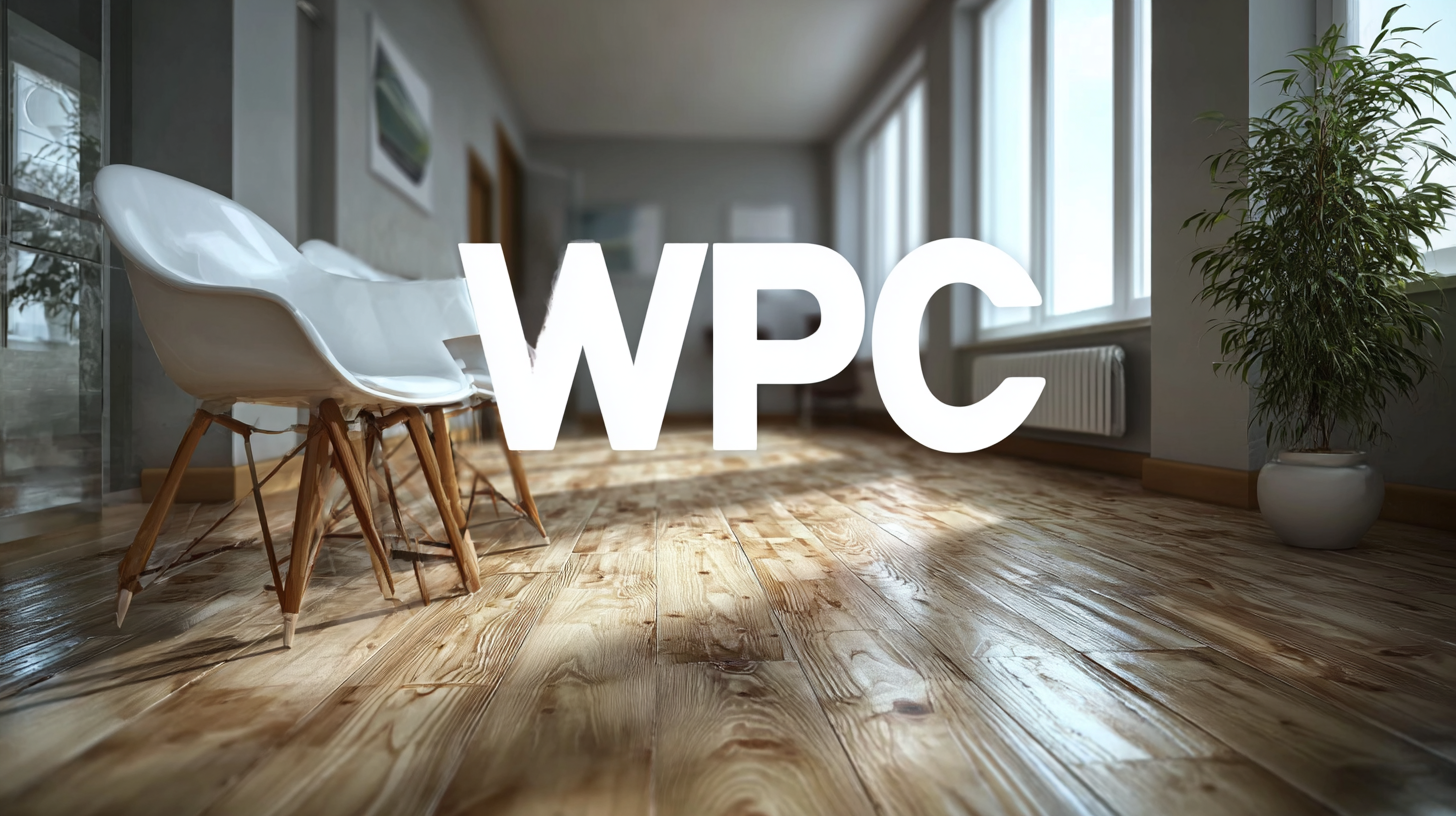Shandong Xiangying New Materials Technology Co., Ltd.
Shandong Xiangying New Materials Technology Co., Ltd.
The construction and design industries have witnessed a remarkable shift towards sustainable and innovative materials, with WPC wall cladding emerging as a frontrunner in this trend. As the global demand for eco-friendly building solutions continues to rise, WPC (wood-plastic composite) wall cladding has gained significant traction due to its durability, aesthetic appeal, and environmental benefits. According to a recent market research report, the WPC market is projected to reach USD 7.6 billion by 2026, representing a CAGR of 12.4% from 2021 to 2026. This growth is largely driven by increasing awareness regarding sustainable materials and the expansion of the construction sector in emerging markets, particularly in China. With its superior resistance to moisture, insects, and UV rays, WPC wall cladding not only enhances the longevity of structures but also contributes to energy efficiency, making it an ideal choice for modern architectural applications.

When it comes to WPC (Wood Plastic Composite) wall cladding, understanding the various types available in the market is essential for making an informed choice. WPC wall cladding combines the natural aesthetics of wood with the durability of plastic, providing a great solution for both interior and exterior applications. Popular types include solid WPC panels, hollow WPC boards, and composite slats, each offering unique benefits suitable for specific environments and design needs.
Choosing the right type of WPC cladding can significantly impact the longevity and appearance of your project. **Tip:** Always consider the environment where the cladding will be installed. Solid panels might be ideal for high-traffic areas due to their resilience, while hollow boards can be more lightweight and easier to handle.
Another critical aspect is surface texture. Some WPC cladding products come with a textured finish that mimics natural wood grain, enhancing visual appeal. **Tip:** Opt for finishes that are UV resistant to prevent fading, especially in sunny areas. By understanding these different types and their applications, you can select the WPC wall cladding that best suits your design vision and functional requirements.

WPC (Wood-Plastic Composite) wall cladding is increasingly popular due to its aesthetic appeal and durability, but it also comes with a set of common problems that users should be aware of. One of the primary issues is moisture absorption, which can lead to the material swelling and warping over time. According to a report by the European Composites Industry Association, improper installation and maintenance can exacerbate these issues, resulting in a reduction of the material's lifespan by up to 30%.

Another significant concern is susceptibility to fading and staining. Although WPC materials are designed to resist UV damage, many products still exhibit color loss after prolonged exposure to sunlight. In fact, a study published in the Journal of Material Science found that nearly 40% of WPC wall cladding products experienced noticeable color changes within the first year of installation. Additionally, the presence of wood fiber in WPC makes it vulnerable to mold and mildew growth when exposed to damp conditions, necessitating regular cleaning and preventive measures to maintain its appearance and structural integrity.
As the market for WPC wall cladding continues to grow—projected to reach $10 billion by 2025 according to Allied Market Research—understanding these common problems is vital for consumers and builders alike to ensure they make informed decisions regarding their investments.
Wood-Plastic Composite (WPC) materials are gaining traction in the construction industry, particularly for wall cladding, due to their blend of plastic and wood fibers, which offers durability and aesthetic appeal. However, it's essential to evaluate their environmental impact to ensure sustainable development. According to a market research report by Smithers Pira, the global demand for eco-friendly construction materials is expected to grow at a compound annual growth rate (CAGR) of 10% over the next five years, highlighting a significant shift towards sustainable practices.
WPC materials, while offering numerous advantages, do come with environmental considerations. A study by the ASTM International found that WPCs can reduce carbon emissions by up to 38% compared to traditional wood, thanks to their recycling potential and reduced need for chemical treatments. Moreover, the Renewable Energy Association reports that using recycled plastics in WPC production can divert approximately 2.5 million tons of waste from landfills annually, reinforcing the notion that WPCs not only utilize renewable resources but also contribute to waste management efforts.
Nonetheless, it is critical to analyze the lifecycle of WPC materials, from production to disposal, to better understand their overall environmental footprint. Innovations in biodegradable plastics and improvements in recycling technologies are paving the way for a more sustainable future in WPC manufacturing, ensuring that the advantages of these composite materials align with global sustainability goals.
When considering WPC (Wood-Plastic Composite) wall cladding, installation challenges often arise that can deter potential users. One common issue is the weight of the material, which can make handling and installation cumbersome, particularly for DIY projects. To mitigate this, opting for lighter options or utilizing professional installation services can help ensure that the cladding is applied correctly and securely. Additionally, pre-drilled panels can simplify the process, allowing for quicker assembly and reducing the likelihood of damage during installation.
Maintenance of WPC cladding also presents its own set of issues. While WPC offers durability and resistance to decay, regular cleaning is essential to maintain its appearance and longevity. Homeowners should be mindful of mildew and dirt buildup, especially in humid climates. Utilizing mild detergents and soft bristle brushes can help preserve the material without damaging it. Furthermore, ensuring proper ventilation behind the cladding can reduce moisture accumulation, thus extending the lifespan of the installation. By addressing these installation and maintenance challenges, WPC cladding can be a practical and aesthetically pleasing choice for various applications.
The WPC (Wood Plastic Composite) wall cladding industry is witnessing rapid innovations and evolving trends, driven by increasing environmental awareness and demand for sustainable building materials.
According to a recent report from ResearchAndMarkets, the global WPC market is expected to grow at a compound annual growth rate (CAGR) of 11.2% from 2022 to 2030. This growth is attributed to the material's durability, resistance to moisture, and low maintenance requirements, making it an attractive option for both residential and commercial applications.
As architects and designers begin to prioritize eco-friendly materials, the integration of technology into the manufacturing processes of WPC is becoming more prominent. Innovations such as the use of recycled plastics and natural fibers are set to enhance the performance of wall cladding while reducing environmental impact. Moreover, advancements in surface finishing techniques offer a range of aesthetic options that cater to diverse consumer preferences, ensuring that WPC cladding meets both functional and design criteria.
Tip: When selecting WPC wall cladding, consider the specific requirements of your project, such as climate conditions and desired aesthetic. Look for products that are certified for low emissions to ensure indoor air quality. Additionally, engaging with suppliers who prioritize innovation can help you stay ahead of market trends and access the latest materials and designs.
